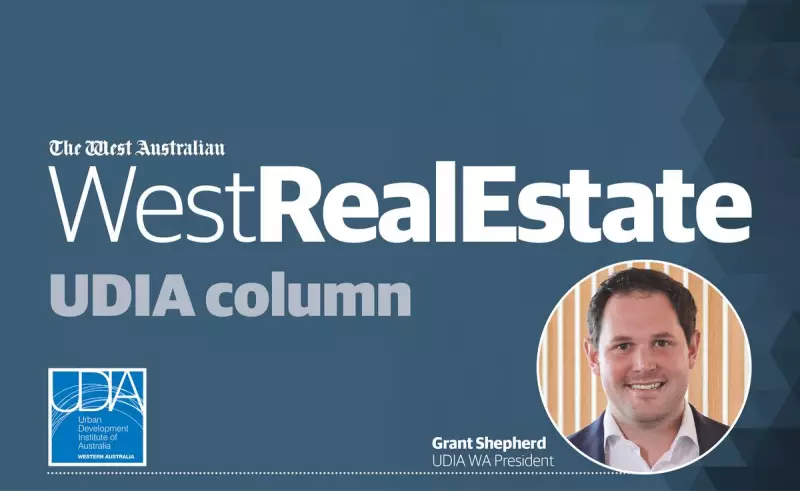
Western Australia is building momentum for a construction revolution, with a major state government push to modernise how homes are built and challenge the long-standing dominance of traditional brick.
Government Backs Building Innovation
Ahead of the 2025 State General Election, the WA Government unveiled a significant $50-million Housing Innovation Program. This initiative will run a competitive grants process and offer a low-interest loan facility, directly funding the housing industry to develop and deploy innovative solutions for faster, more efficient home building.
Adding to this momentum, the government recently opened expressions of interest to establish an advanced manufacturing facility within WA. This facility is designed to speed up major housing and infrastructure projects across the state by streamlining the design and prefabrication of key building components like concrete walls, floor slabs, and piers.
Why Modern Methods Matter
This shift is seen as critical for delivering more medium and high-density housing, such as townhomes and apartments, to meet growing demand. The Urban Development Institute of Australia (UDIA WA) has thrown its support behind the move.
"For some time, UDIA WA has called for greater funding and focus on research and development in construction practices, technology and digitalisation to help facilitate housing supply across the state," said UDIA WA President Grant Shepherd.
Modern construction techniques, including modular and prefabricated building, offer substantial benefits. Prefabricated walls and floors manufactured in a factory can be produced with high precision and then quickly assembled on-site, significantly reducing construction timeframes compared to double-brick methods.
Overcoming Barriers for a Smarter Future
One of the biggest hurdles facing these alternative methods is a simple lack of awareness. Many builders, developers, and homebuyers are not fully informed about the availability and advantages of these modern builds.
However, as more projects are successfully completed, the industry hopes to see wider adoption. These innovations also present an opportunity to diversify the construction workforce, including attracting more women to the sector with a broader range of required skills.
By embracing this change, WA can build smarter, faster, and more affordably, delivering the quality homes our communities need now and into the future.





